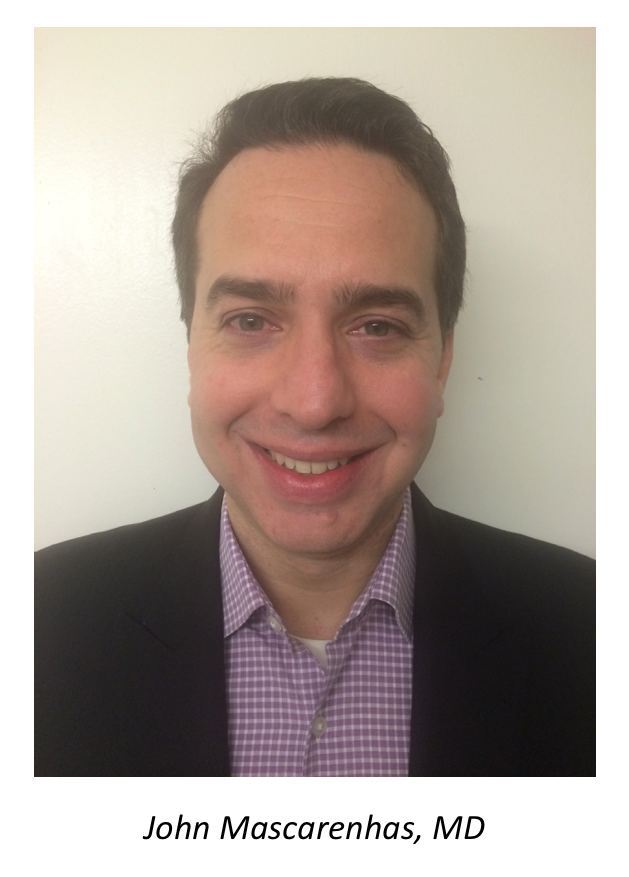Article
Hydroxyurea Therapy Found Effective for Myeloproliferative Neoplasms
Author(s):
Patients with myeloproliferative neoplasms (MPN) with essential thrombocythemia (ET) or polycythemia vera (PV) were found to benefit from hydroxyurea therapy.

Patients with myeloproliferative neoplasm (MPN) who were treated with pegylated interferon alfa-2a (PEG) or hydroxyurea reached complete hematologic response at approximately the same rates, according to research presented at the 60th ASH Annual Meeting & Exposition in San Diego, California.
For the study, a team of investigators recruited 168 high-risk MPN patients with essential thrombocythemia (ET) or polycythemia vera (PV) in order to compare complete hematologic response rates in patients randomized to receive either PEG or hydroxyurea treatment for 12 and 24 months.
The therapies’ toxicity and tolerability were tested in the population, as was the impact the interventions had on biomarkers of the rare disease. Throughout the study, the team observed survival rates and incidence of development of a myelodysplastic disorder, myelofibrosis, leukemic transformation, and major cardiovascular events.
Eighty-six patients were randomized to receive hydroxyurea, and 82 patients were randomized to receive PEG for 12 months each. The 2 cohorts were similarly matched in baseline characteristics, except for median age, which was slightly higher in the hydroxyurea arm. The patients, who were all younger than 60 years of age, were treated for up to 6 years in order to achieve complete hematologic response. The treatment-naive patients involved in the study had been diagnosed with MPN more than 5 years previously.
After 12 months, the overall response rate — partial and complete – was 69.8% for hydroxyurea-treated patients and 78% for PEG-treated patients. After 24 months, a total of 25 patients were on treatment with hydroxyurea with an 88% combined response rate, while there were 34 patients treated with PEG for a 91% overall response rate.
The investigators considered all 106 patients eligible for treatment for 24 months and concluded the overall response rate was 40% for hydroxyurea and 59% for PEG patients.
The best complete response the researchers observed in terms of bone marrow morphologic response was in ET patients treated with hydroxyurea (52%), compared to ET patients treated with PEG who reached 32%. PV patients treated with hydroxyurea saw 19% response compared to those treated with PEG, who saw 6% response.
Toxicity did not appear to be a major reason for discontinuation in either arm. The major reason for discontinuation was adverse events; however, lack of efficacy, was another factor for 4 patients.
Of the 60 patients experienced a grade 3 or higher adverse event, 22 were patients treated with hydroxyurea and 38 were patients treated with PEG. Other outcomes throughout the study included 1 death (attributed to a new diagnosis of lung cancer); progression to myelofibrosis (1 hydroxyurea patient); vertebral artery occlusion (1 hydroxyurea patient); and cerebral vascular accident (1 PEG patient).
“The most surprising aspect was that hydroxyurea was as active as it was shown to be in terms of clinical responses but also impressively in terms of bone marrow and cytogenetic responses,” lead author John Mascarenhas, MD, told Rare Disease Report. “I think this study should give some reassurance to the clinicians and patients that either agent is active for patients with ET or PV.”
How hydroxyurea and PEG effected patients’ quality of life, as well as the effect of the therapies on symptom burden, was presented as a companion abstract.
The study authors added that although conducting independent, randomized studies in MPN is challenging, it's necessary to produce an optimal therapy.
The abstract, “Results of the Myeloproliferative Neoplasms - Research Consortium (MPN-RC) 112 Randomized Trial of Pegylated Interferon Alfa-2a (PEG) Versus Hydroxyurea (HU) Therapy for the Treatment of High Risk Polycythemia Vera (PV)” was presented at the 60th ASH Annual Meeting & Exposition.




